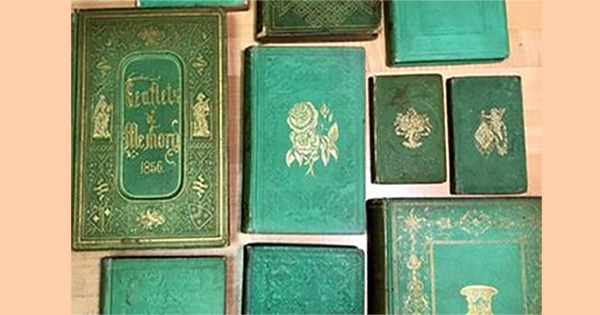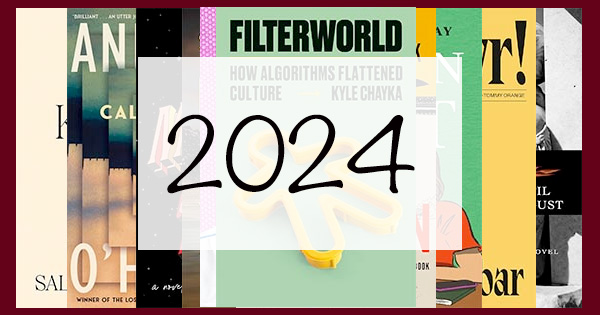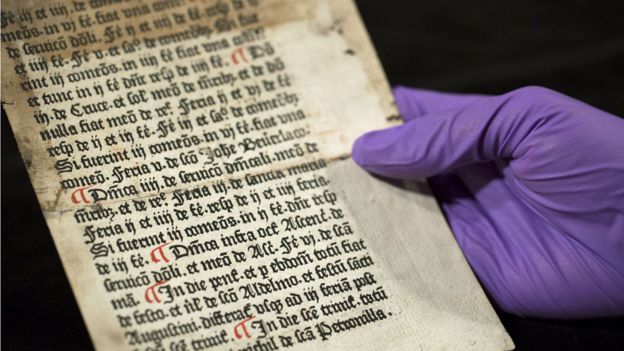From the 10th to the 30th May 2017 in the Museum of English Rural Life at the University of Reading, a piece of ancient writing has been displayed for the public to view.
The piece has a been on an interesting journey over the past 500-odd years, and only recently has been recognised as having great significance in the literary-history world.
The page is a copy from an ancient religious text called the Sarum Ordinal, used by priests in the 11th century.
Back then texts were written and copied out by hand, a painstaking process that took much concentration and time, however the arrival of printing meant that books could be reproduced far more readily, and cheaply too.
It is believed that there had been hundreds of copies of the Sarum Ordinal produced by William Caxton’s press in the 15th century. Caxton’s clever and entrepreneurial ways also led him to produce what is believed to be the first recorded adverts within a book, which urged people to buy their own copies from his printing shop.
In 1476 William Caxton produced the religious text, written in medieval Latin, from his pioneering printing works in Westminster. According to the BBC, “the only other pages from this book known to be in existence are eight leaves held by the British Library”.
Later, the pages were unceremoniously ripped from their original place and pasted into another book to reinforce its spine. Obviously whoever was responsible for this bibliocide had no idea of the book’s age or significance, or blatantly did not care.
In the mid-19th century the pages were rescued by a librarian at the University of Cambridge, however they still did not know that they were Caxton originals.
It wasn’t until the 21st century that the pages were examined and recognised as rare and important historical finds. The person who made this discovery was Erika Delbecque, the special collections librarian at Reading University. She told the BBC:
“I suspected it was special as soon as I saw it. The trademark black letter typeface, layout and red paragraph marks indicate it is very early Western European printing. It is astonishing that it has been under our noses for so long.”
We wonder if there are any other misused and abused pieces of rare, ancient manuscripts lining other books, or folded and packed in to the spines for reinforcement…

Poisonous books removed from the National Library of France

10 of 2024’s Most Anticipated Reads

The For Reading Addicts Book of the Year 2023

Birmingham Poet, Benjamin Zephaniah dies, aged 65

Top Authors Join Legal Battle Against OpenAI for Mass Copyright Infringement




